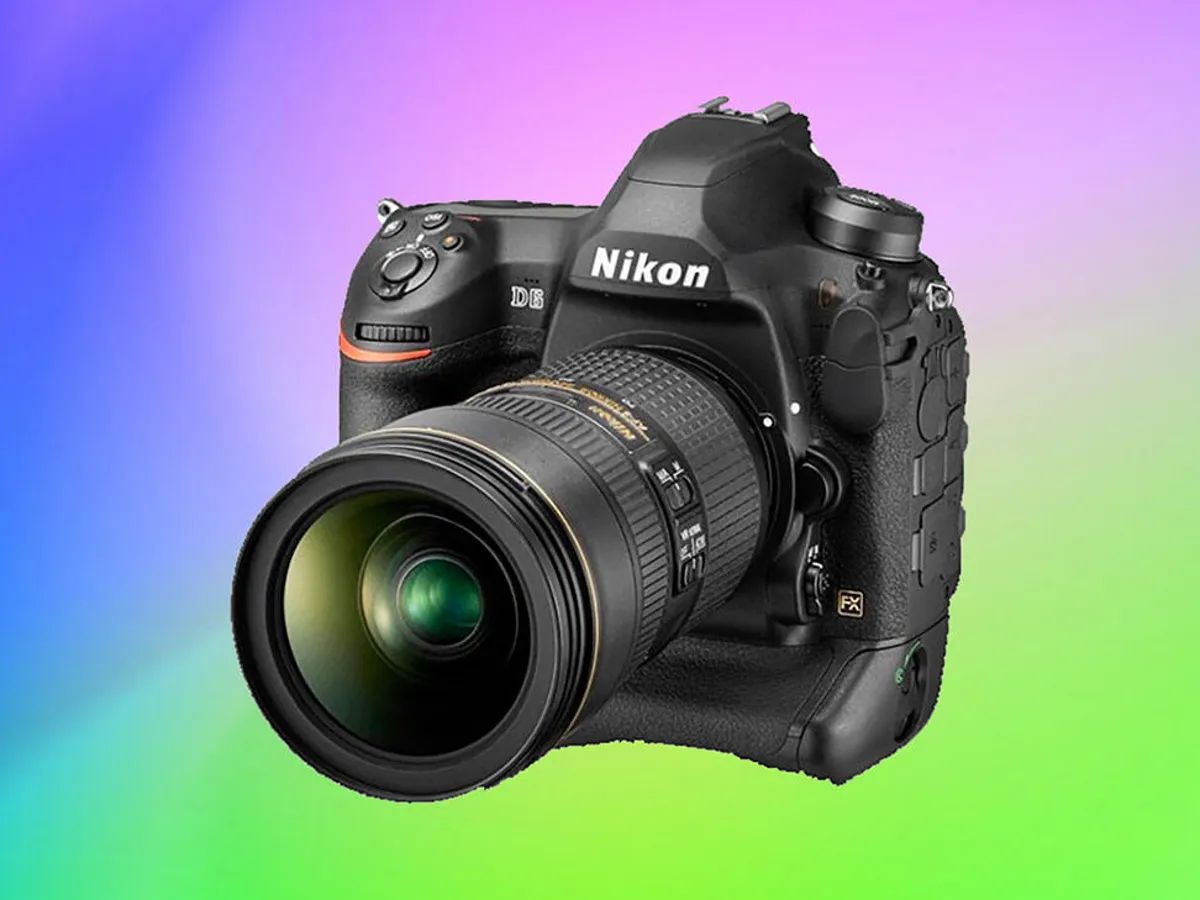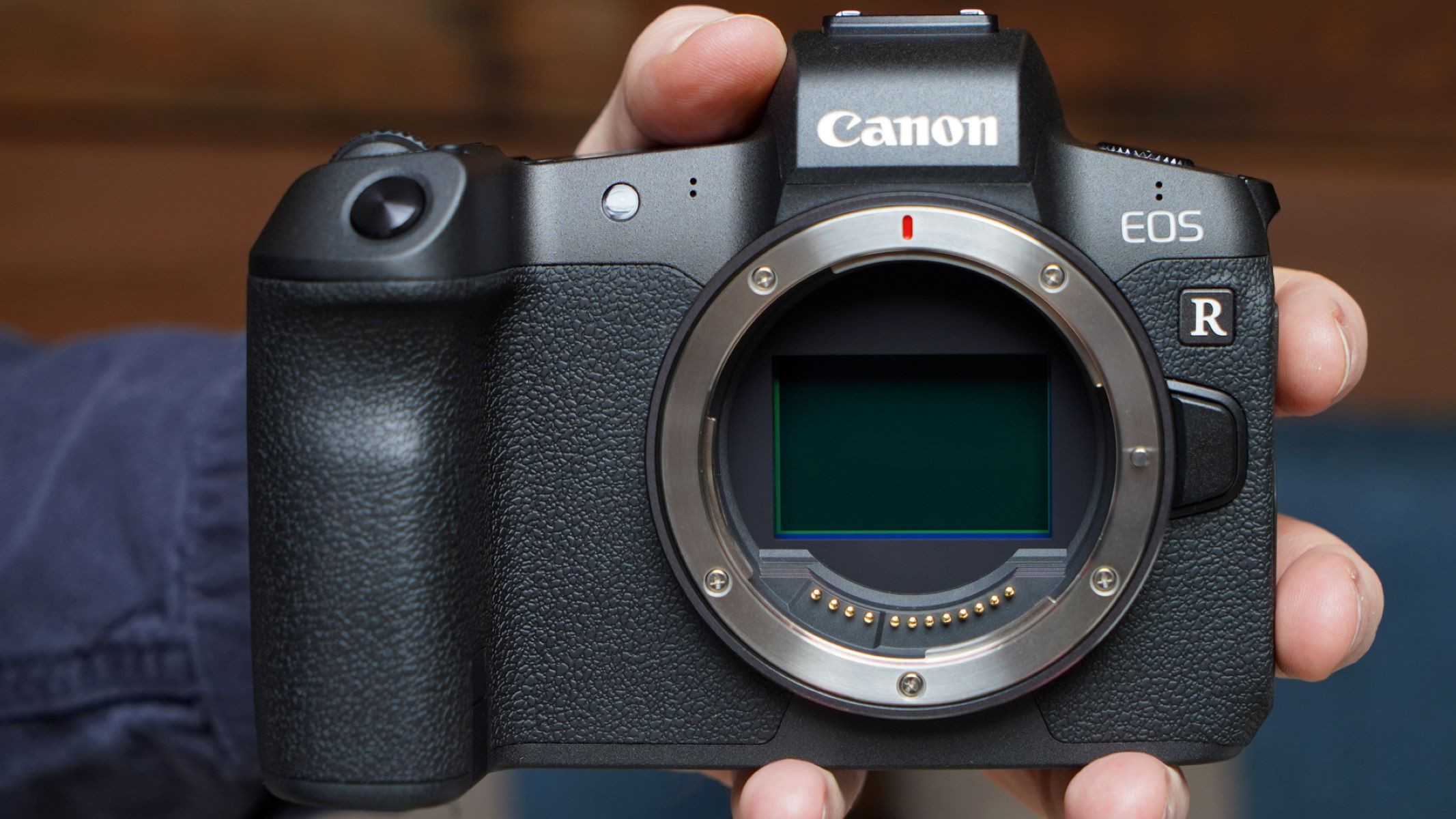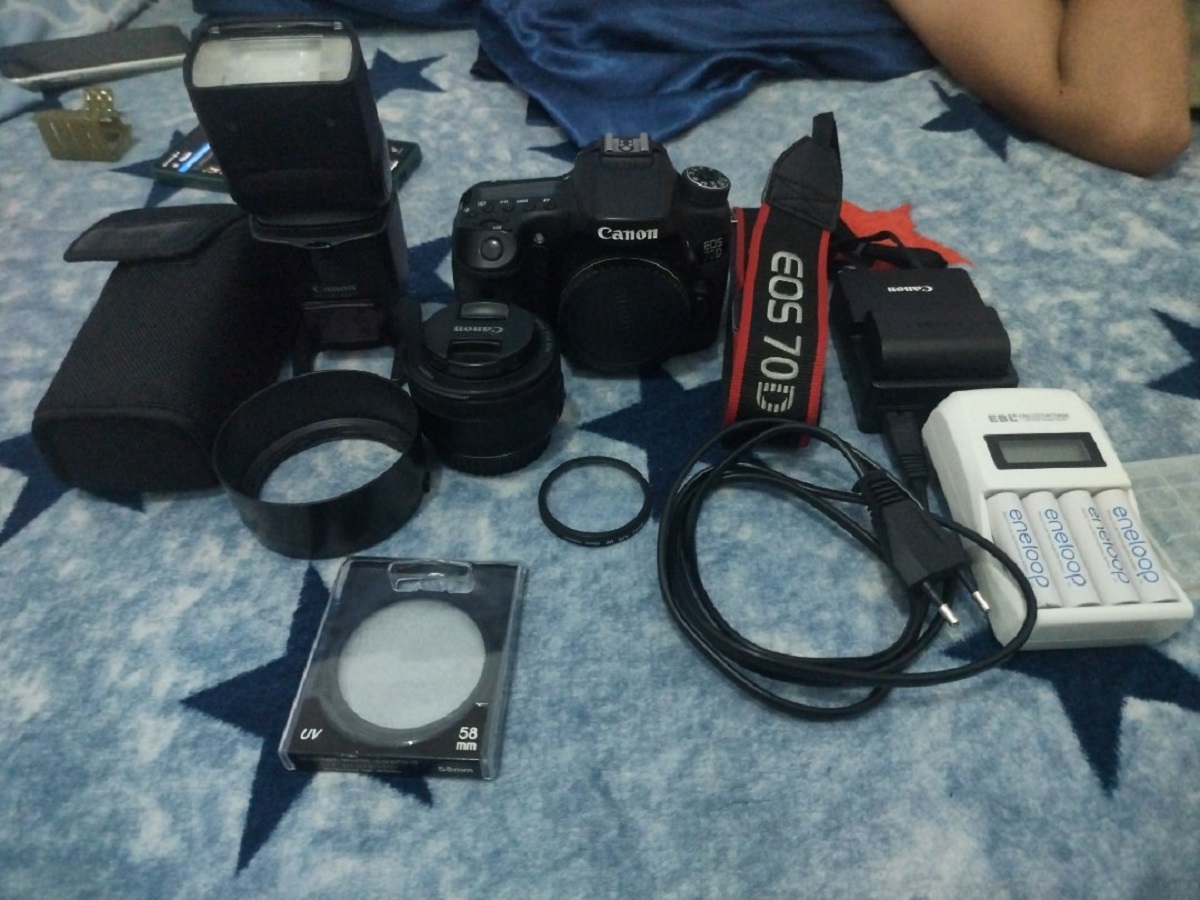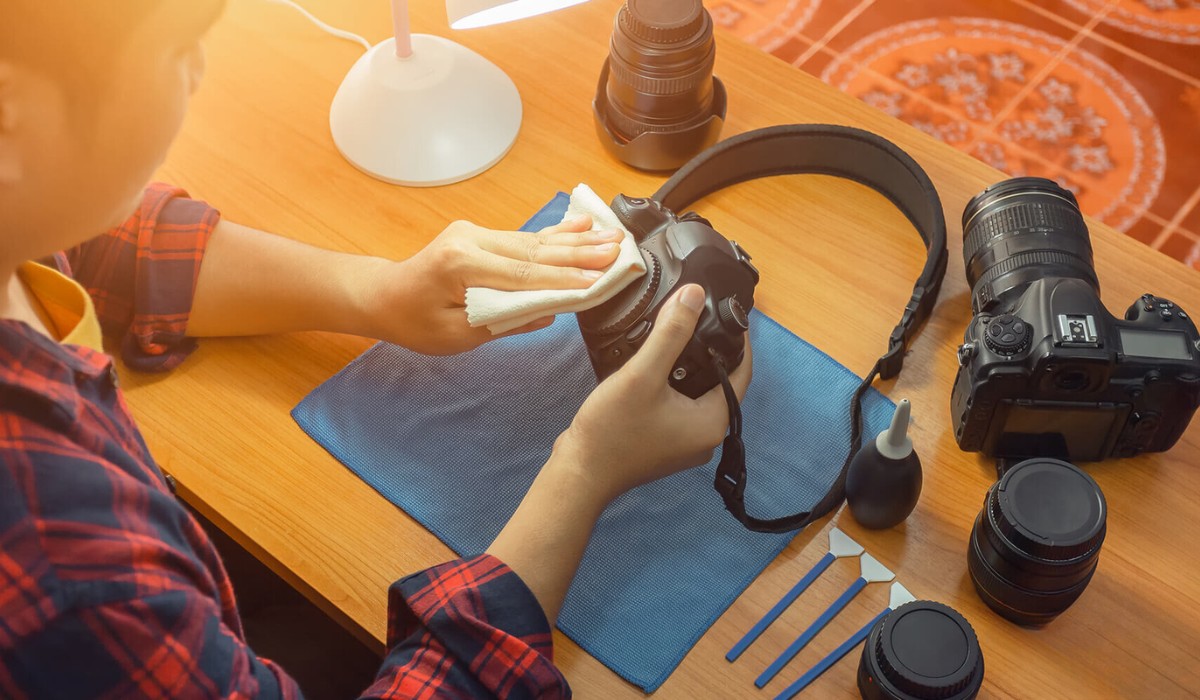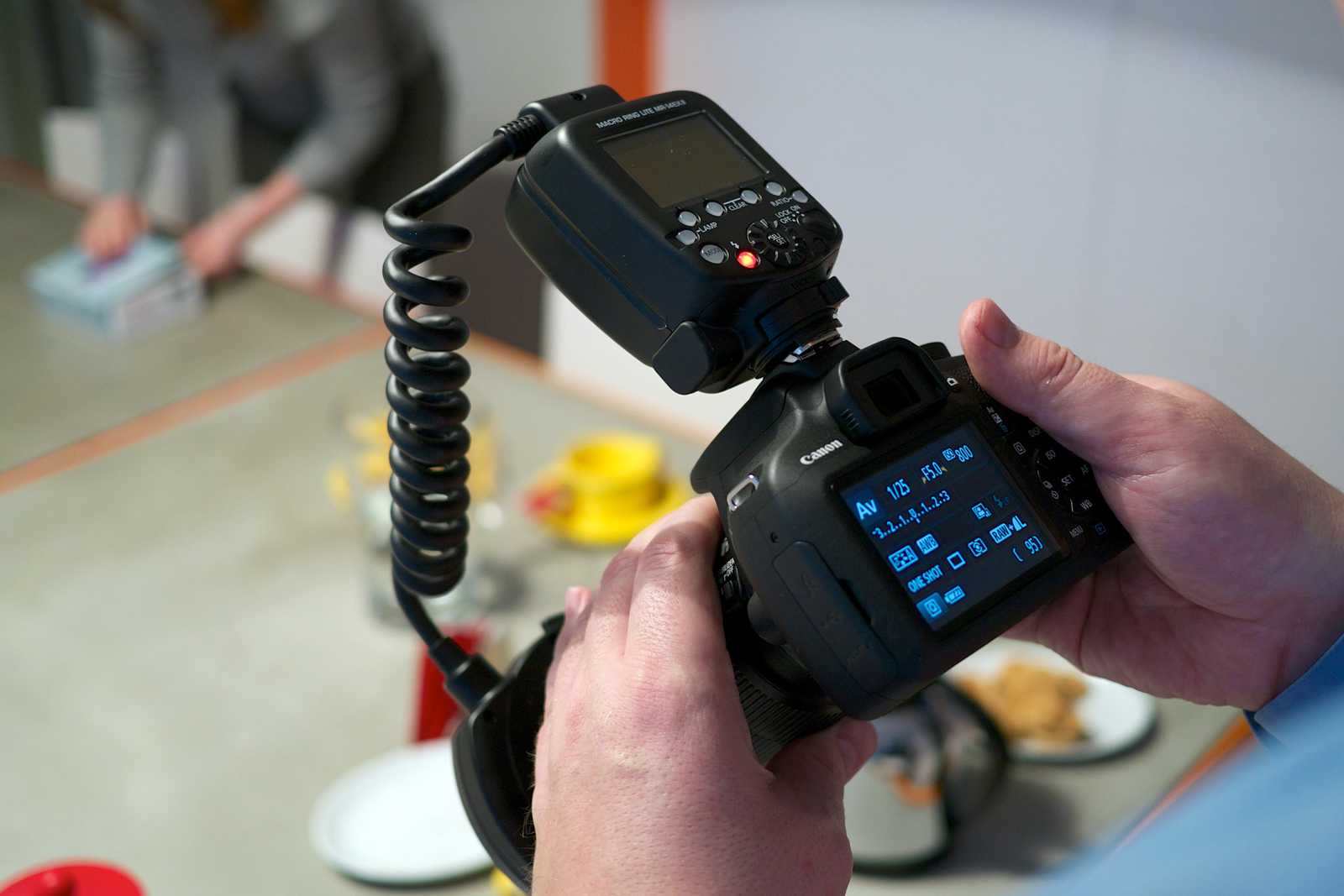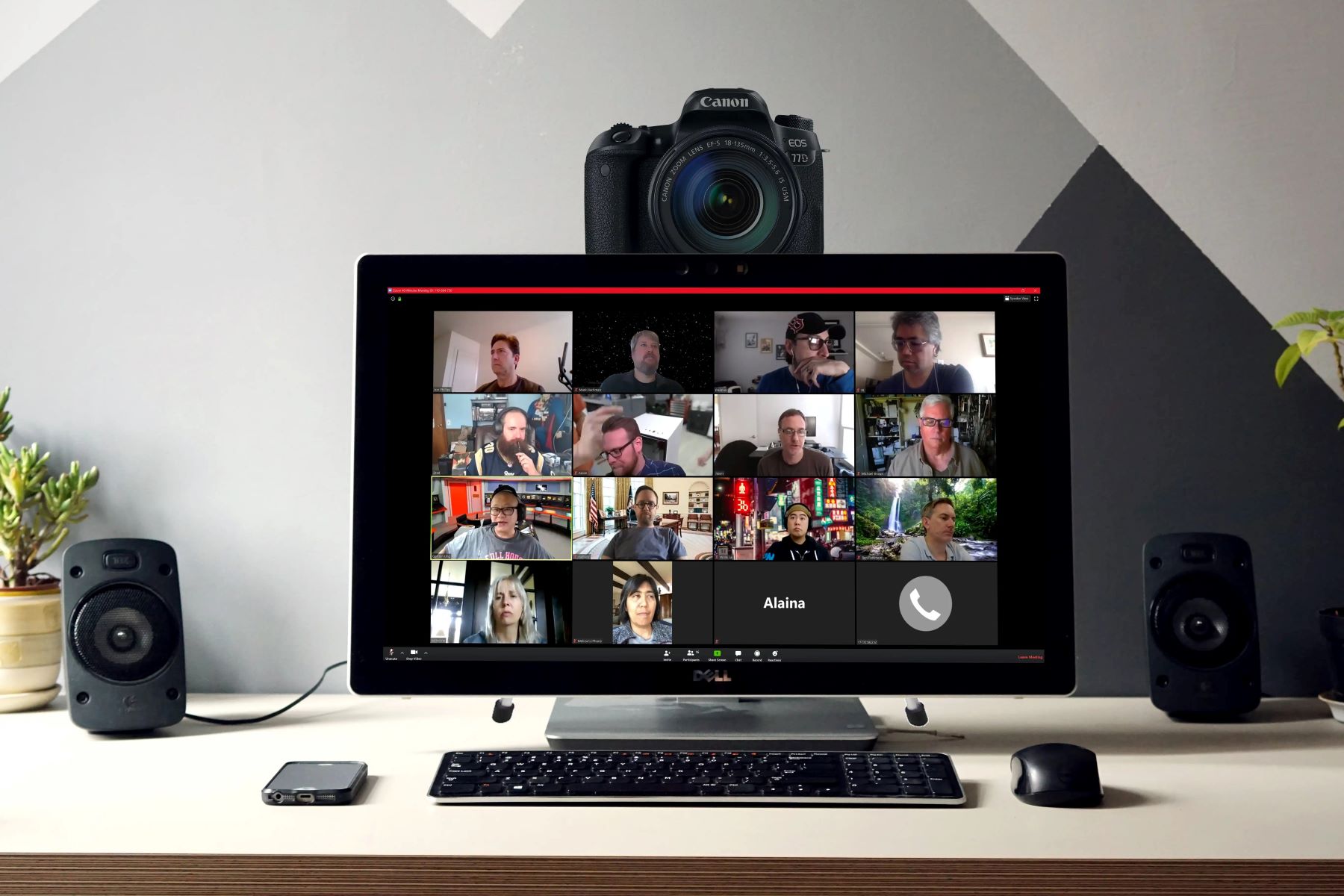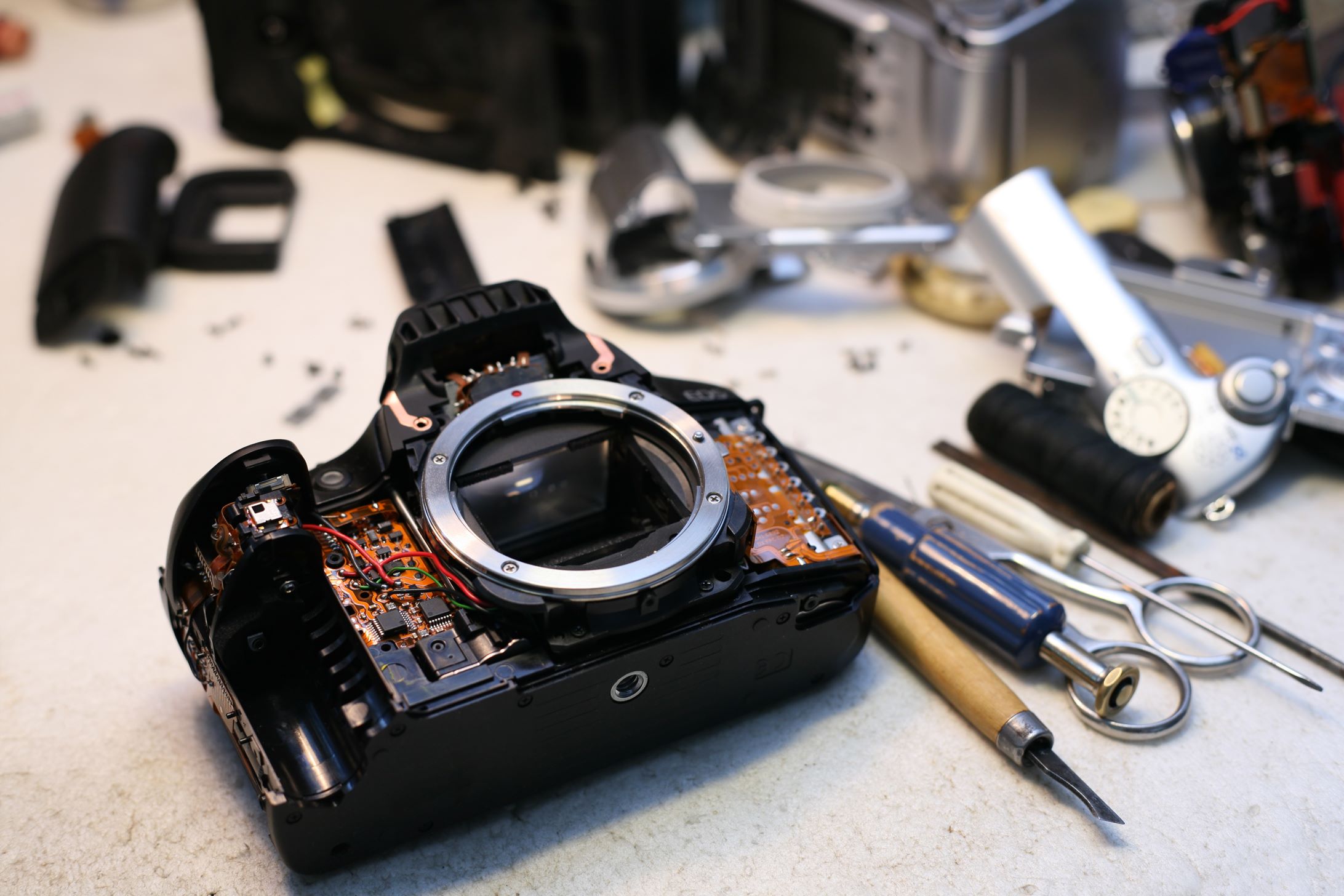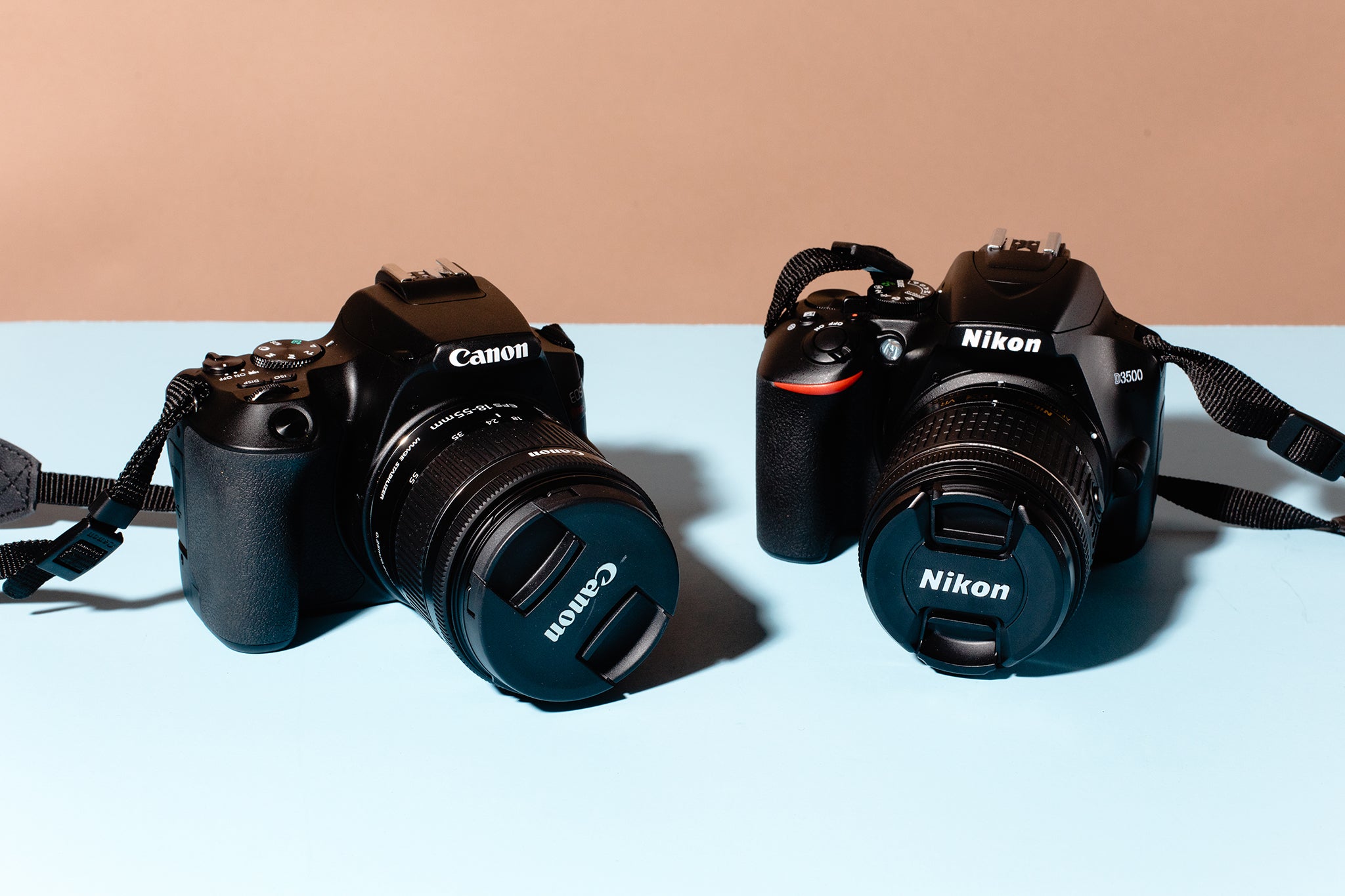Introduction
Why a DSLR Camera Is Better Than a Smartphone Camera
With the rapid advancements in smartphone camera technology, many people wonder whether investing in a digital single-lens reflex (DSLR) camera is still worthwhile. While smartphone cameras have undoubtedly improved and offer convenience, DSLR cameras continue to hold a distinct advantage in several key areas. In this article, we will explore the reasons why a DSLR camera is still a superior choice for photography enthusiasts and professionals alike.
While smartphones have made significant strides in capturing high-quality images, they are limited by their small sensors and fixed lenses. On the other hand, DSLR cameras boast larger image sensors and interchangeable lenses, allowing for greater versatility and control over the photographic process. This article will delve into the specific advantages of DSLR cameras, including superior image quality, manual control, lens options, low-light performance, speed and performance, durability, and long-term investment value.
By examining these factors, readers will gain a comprehensive understanding of why a DSLR camera remains an indispensable tool for photographers seeking exceptional image quality and creative control. Whether you are a hobbyist looking to elevate your photography skills or a professional aiming to capture stunning visuals, the insights presented here will illuminate the unparalleled benefits of choosing a DSLR camera over a smartphone for your photographic endeavors.
Image Quality
One of the most compelling reasons to opt for a DSLR camera over a smartphone is the unparalleled image quality it delivers. DSLRs are equipped with larger image sensors compared to smartphone cameras, resulting in superior clarity, sharpness, and color accuracy. The larger sensor size allows DSLRs to capture more light, resulting in images with less digital noise, especially in low-light conditions. Moreover, DSLR cameras offer higher resolution, enabling photographers to produce detailed and vibrant images that retain their quality even when enlarged or printed.
Another crucial aspect contributing to the exceptional image quality of DSLR cameras is the ability to use a wide range of high-quality lenses. With interchangeable lenses, photographers can select the most suitable lens for a specific subject or shooting scenario, whether it’s a wide-angle lens for expansive landscapes, a macro lens for close-up details, or a telephoto lens for capturing distant subjects with precision. This flexibility empowers photographers to achieve the desired aesthetic and visual impact, resulting in images that stand out for their professional quality and artistic expression.
Additionally, the advanced image processing capabilities of DSLR cameras, coupled with the option to shoot in RAW format, provide photographers with greater control over post-processing and editing. RAW files retain more image data and offer extensive latitude for adjustments in contrast, exposure, and color, allowing photographers to fine-tune their images with precision and achieve the desired artistic vision.
Overall, the superior image quality offered by DSLR cameras, facilitated by larger sensors, interchangeable lenses, and advanced image processing capabilities, ensures that photographers can consistently produce stunning, high-resolution images that meet the highest standards of visual excellence.
Versatility
DSLR cameras offer unparalleled versatility, making them indispensable tools for photographers across various genres and shooting scenarios. The ability to interchange lenses is a key factor contributing to the versatility of DSLR cameras. Photographers can effortlessly switch between wide-angle, telephoto, macro, and prime lenses, adapting to diverse subjects and compositions with ease. This flexibility empowers photographers to explore different creative perspectives and capture a wide range of subjects, from expansive landscapes and architectural details to intimate portraits and distant wildlife.
Furthermore, DSLR cameras provide extensive control over settings such as aperture, shutter speed, and ISO, enabling photographers to adapt to different lighting conditions and achieve the desired visual effects. This level of manual control is particularly beneficial for capturing challenging subjects, such as fast-moving action or low-light environments, where precise adjustments are crucial for obtaining optimal results. Whether shooting in bright daylight or dimly lit interiors, photographers can rely on the versatility of DSLR cameras to adapt to the demands of diverse photographic situations.
Moreover, the compatibility of DSLR cameras with a wide array of accessories, including external flashes, remote triggers, and advanced filters, enhances their versatility even further. These accessories expand the creative possibilities for photographers, allowing them to experiment with unique lighting effects, long-exposure techniques, and specialized shooting styles. The adaptability and expandability of DSLR systems make them well-suited for photographers seeking versatility and the freedom to explore their artistic vision without limitations.
In essence, the versatility of DSLR cameras, stemming from interchangeable lenses, manual control, and compatibility with diverse accessories, empowers photographers to adapt to a myriad of shooting scenarios and creative challenges, ensuring that they can consistently achieve their photographic objectives with precision and creativity.
Manual Control
One of the defining advantages of DSLR cameras is the extensive manual control they offer to photographers, allowing for precise adjustments to capture the perfect shot in any given situation. The tactile interface of DSLR cameras, featuring dedicated dials and buttons for essential settings such as aperture, shutter speed, and ISO, provides photographers with immediate access to critical parameters, facilitating quick adjustments without the need to navigate through digital menus.
This hands-on approach to photography empowers photographers to fine-tune their settings in real time, responding swiftly to changing lighting conditions, dynamic subjects, and creative preferences. The ability to adjust aperture settings enables control over depth of field, allowing photographers to selectively blur backgrounds for compelling bokeh effects or ensure maximum sharpness throughout the frame. Similarly, precise control over shutter speed facilitates the capture of motion, whether freezing fast action or creating artistic long-exposure effects.
Furthermore, DSLR cameras offer advanced autofocus systems with customizable focus points, enabling photographers to pinpoint their desired focal area with precision. This level of control is particularly advantageous for capturing subjects with complex compositions or challenging lighting, ensuring that the intended focal point is accurately rendered in the final image.
Additionally, the manual control capabilities of DSLR cameras extend to white balance adjustments, exposure compensation, and metering modes, providing photographers with the tools to fine-tune the overall look and feel of their images directly in-camera. This level of control minimizes the reliance on post-processing adjustments, allowing photographers to achieve their desired aesthetic directly at the moment of capture.
In essence, the manual control offered by DSLR cameras empowers photographers to make instantaneous, precise adjustments to crucial settings, ensuring that they have the flexibility and creative freedom to capture images that align with their artistic vision and technical requirements.
Lens Options
One of the most compelling advantages of DSLR cameras is the extensive range of lens options available to photographers, providing unparalleled flexibility and creative potential. The ability to interchange lenses empowers photographers to select the most suitable optic for a particular subject, composition, or shooting scenario, ensuring that they can achieve their desired visual results with precision and artistry.
DSLR systems offer a diverse selection of lenses, including wide-angle, telephoto, macro, prime, and specialty lenses, catering to a broad spectrum of photographic needs. Wide-angle lenses are ideal for capturing expansive landscapes, architectural details, and immersive environmental portraits, while telephoto lenses excel at bringing distant subjects closer, making them indispensable for wildlife, sports, and portrait photography.
Macro lenses, designed for close-up photography, enable photographers to capture intricate details with exceptional clarity and magnification, making them essential for capturing the fine textures of flora, fauna, and small-scale subjects. Prime lenses, renowned for their superior optical quality and wide apertures, offer exceptional sharpness and low-light performance, making them favored choices for portrait, street, and artistic photography.
Furthermore, the availability of specialty lenses, such as tilt-shift, fisheye, and super-telephoto lenses, expands the creative possibilities for photographers, allowing them to experiment with unique perspectives, distortion effects, and extreme focal lengths. The versatility of DSLR lens options ensures that photographers can adapt to a myriad of subjects and shooting styles, unleashing their creative vision without limitations.
Moreover, the compatibility of DSLR cameras with third-party lens manufacturers further extends the range of available options, offering photographers access to a vast ecosystem of optics designed to meet specific technical and artistic requirements. This diversity of lens choices ensures that photographers can continuously expand their creative horizons, exploring new visual possibilities and refining their photographic style with precision-crafted optics.
In essence, the extensive array of lens options available for DSLR cameras empowers photographers to select the most suitable optics for their creative vision, ensuring that they can capture a diverse range of subjects with exceptional clarity, expression, and technical precision.
Low Light Performance
DSLR cameras excel in low-light performance, making them the preferred choice for photographers who frequently work in challenging lighting conditions. The superior low-light capabilities of DSLRs stem from several key factors, including larger image sensors, advanced noise reduction technology, and the availability of high-performance lenses with wide apertures.
The larger sensors found in DSLR cameras allow for improved light sensitivity, enabling photographers to capture detailed and low-noise images even in dimly lit environments. This is particularly advantageous when shooting indoors, at dusk or dawn, or in nighttime settings, where maintaining image quality and preserving fine details are essential. The enhanced light-gathering capability of DSLR sensors ensures that photographers can achieve remarkable image quality in conditions where smartphone cameras may struggle to deliver satisfactory results.
Furthermore, DSLR cameras are equipped with advanced noise reduction technology, which effectively minimizes digital noise and grain in low-light images. This results in cleaner, more visually appealing photographs, allowing photographers to maintain image integrity and detail, even at higher ISO settings. The ability to push the ISO sensitivity without compromising image quality is a significant advantage for photographers working in low-light environments, ensuring that they can capture compelling visuals without being constrained by technical limitations.
Additionally, the availability of high-performance lenses with wide apertures further enhances the low-light capabilities of DSLR cameras. Wide-aperture lenses, such as prime lenses with apertures of f/1.8 or wider, enable photographers to gather more light, achieve shallow depth of field effects, and maintain fast shutter speeds in low-light conditions. This combination of larger sensors, noise reduction technology, and high-performance lenses empowers photographers to confidently tackle low-light scenarios, capturing stunning images with exceptional clarity and visual impact.
In essence, the superior low-light performance of DSLR cameras, facilitated by larger sensors, advanced noise reduction technology, and high-performance lenses, ensures that photographers can consistently achieve outstanding results in challenging lighting conditions, expanding their creative possibilities and delivering exceptional imagery with confidence.
Speed and Performance
DSLR cameras are renowned for their exceptional speed and performance, offering photographers the responsiveness and reliability needed to capture decisive moments with precision and efficiency. The combination of advanced autofocus systems, rapid continuous shooting capabilities, and minimal shutter lag makes DSLRs indispensable tools for a wide range of photographic applications, from sports and action photography to documentary and event coverage.
The advanced autofocus systems found in DSLR cameras are designed to swiftly and accurately acquire focus on subjects, ensuring that photographers can confidently track moving targets and maintain sharpness in dynamic scenes. Whether capturing fast-paced sports action, fleeting wildlife moments, or spontaneous street photography, the responsive autofocus performance of DSLRs enables photographers to seize the moment with confidence, minimizing the risk of missed shots due to focus errors.
Furthermore, the fast and consistent continuous shooting capabilities of DSLR cameras allow photographers to capture a rapid sequence of frames, ideal for freezing action, documenting motion, and selecting the perfect expression or gesture within a series of images. This burst shooting functionality, often accompanied by generous buffer depths, ensures that photographers can maintain a high level of performance during intense shooting situations, delivering a wealth of image options to choose from when seeking the definitive shot.
In addition to swift autofocus and rapid continuous shooting, DSLR cameras boast minimal shutter lag, ensuring that the time between pressing the shutter button and the actual image capture is virtually instantaneous. This instantaneous response is crucial for capturing spontaneous moments, candid expressions, and fleeting interactions, allowing photographers to react swiftly to unfolding scenes and preserve authentic emotions without delay.
Overall, the speed and performance of DSLR cameras, characterized by advanced autofocus, rapid continuous shooting, and minimal shutter lag, ensure that photographers can confidently tackle dynamic and fast-paced subjects, delivering compelling imagery with precision, reliability, and responsiveness.
Durability
DSLR cameras are renowned for their robust build quality and durability, making them reliable tools for photographers who frequently work in demanding environments and challenging weather conditions. The construction of DSLR bodies, typically featuring weather-sealed magnesium alloy frames, ensures that these cameras can withstand the rigors of professional use, including outdoor adventures, travel assignments, and extended shooting sessions.
The weather-sealing of DSLR cameras provides protection against dust, moisture, and extreme temperatures, safeguarding the internal components and ensuring reliable performance in adverse conditions. This level of durability is particularly valuable for photographers who specialize in landscape, wildlife, and adventure photography, where exposure to the elements is inevitable. By withstanding environmental challenges, DSLR cameras empower photographers to pursue their creative vision without limitations, capturing stunning imagery in diverse and unpredictable settings.
Furthermore, the ergonomic design and intuitive control layout of DSLR cameras contribute to their durability, facilitating comfortable handling and operational efficiency during extended shooting sessions. The tactile feedback of buttons, dials, and grips ensures that photographers can maintain a secure and stable hold on the camera, reducing the risk of accidental drops and enhancing overall handling confidence in challenging shooting scenarios.
Additionally, the robustness of DSLR cameras extends to their compatibility with a wide range of accessories, including external flashes, battery grips, and interchangeable lenses. This versatility allows photographers to expand their creative capabilities and operational flexibility, adapting to diverse shooting requirements while maintaining the same level of durability and reliability across their entire photographic setup.
In essence, the durability of DSLR cameras, characterized by robust construction, weather-sealing, and ergonomic design, ensures that photographers can rely on these cameras to deliver consistent performance and protection in demanding environments, empowering them to pursue their photographic endeavors with confidence and resilience.
Long-Term Investment
Choosing a DSLR camera represents a long-term investment in a photographer’s creative journey, offering enduring value, versatility, and potential for growth. Unlike smartphones, which are frequently replaced as new models are released, DSLR cameras are designed to withstand the test of time, providing photographers with a reliable and adaptable platform for their evolving skills and photographic aspirations.
The modular nature of DSLR systems, characterized by interchangeable lenses, external flashes, and a wide array of accessories, ensures that photographers can continuously expand and upgrade their gear without the need for a complete overhaul. This scalability allows photographers to tailor their equipment to specific genres, styles, and technical requirements, ensuring that their investment in lenses and accessories remains relevant and adaptable as their skills and creative vision evolve.
Moreover, the enduring value of DSLR cameras is reinforced by their robust build quality and professional-grade features, which contribute to their longevity and reliability in the field. The durable construction, advanced imaging capabilities, and comprehensive manual controls ensure that DSLR cameras can withstand the demands of professional use and provide photographers with the tools they need to consistently produce exceptional imagery over the years.
Furthermore, the established ecosystem of lenses, accessories, and technical support for DSLR cameras ensures that photographers can access a wealth of resources and community knowledge, fostering continuous learning, inspiration, and technical growth. This supportive environment enriches the long-term investment in DSLR photography, providing photographers with the guidance, innovation, and collaborative opportunities necessary to advance their skills and expand their creative horizons.
In summary, the long-term investment in a DSLR camera transcends mere ownership of a piece of equipment, representing a commitment to craftsmanship, creativity, and continuous growth. By providing enduring value, adaptability, and a supportive community, DSLR cameras empower photographers to embark on a lifelong journey of visual storytelling and artistic exploration, ensuring that their investment yields lasting fulfillment and creative fulfillment.







